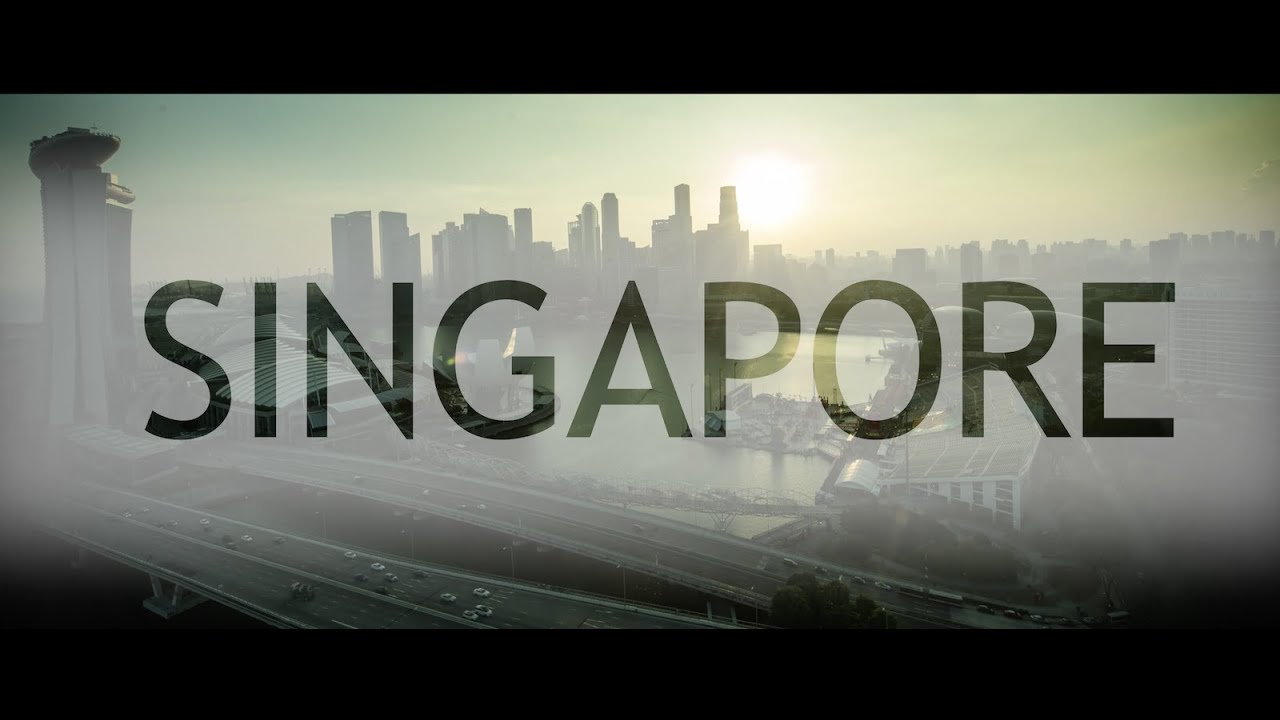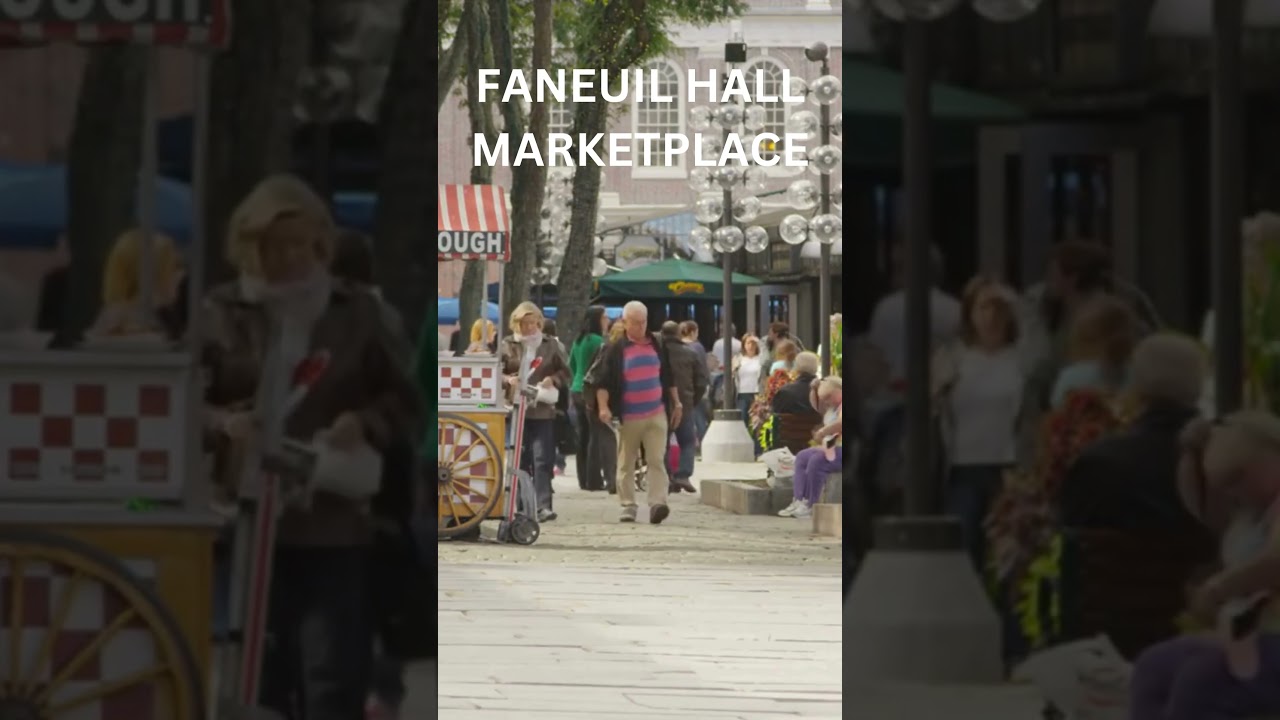Osaka – Venture to Japan’s third-largest city and discover the rich blend of traditional and modern culture, from temples to anime.
Osaka is a large port city and commercial center of the Japanese island of Honshu. It is famous for architecture, nightlife and substantial street food.
The main historical monument of the city is the Castle of Osaka, which dates back to the 16th century shogunate and has undergone several restorations.
The castle is surrounded by a moat and a park with tree trees of plums, peaches and cherries. Sumyoshi-Taisha is one of the oldest Shinto sanctuaries in Japan.
Other shopping districts include:
- American Village (Amerika-mura or “Ame-mura”) – fashion for young people
- Dōtonbori – part of Namba district and considered heart of the city
- Namba – main shopping, sightseeing, and restaurant area
- Shinsaibashi – luxury goods and department stores
- Umeda – theaters, boutiques, and department stores near the train station
- Osaka is home to the National Bunraku Theatre,[88] where traditional puppet plays, bunraku, are performed.
- At Osaka Shochiku-za, close to Namba station, kabuki can be enjoyed as well as manzai.
- At Shin Kabuki-za, formerly near Namba and now near Uehommachi area, enka concerts and Japanese dramas are performed.
- Yoshimoto Kogyo, a Japanese entertainment conglomerate operates a hall in the city for manzai and other comedy shows: the Namba Grand Kagetsu hall.
- The Hanjō-tei opened in 2006, dedicated to rakugo. The theatre is in the Ōsaka Tenman-gū area.
- Umeda Arts Theater opened in 2005 after relocating from its former 46-year-old Umeda Koma Theater.
- The theater has a main hall with 1,905 seats and a smaller theater-drama hall with 898 seats. Umeda Arts Theatre stages various type of performances including musicals, music concerts, dramas, rakugo, and others.
- The Symphony Hall, built in 1982, is the first hall in Japan designed specially for classical music concerts. The Hall was opened with a concert by the Osaka Philharmonic Orchestra, which is based in the city.
- Orchestras such as the Berlin Philharmonic and Vienna Philharmonic have played here during their world tours as well.
- Osaka-jō Hall is a multi-purpose arena in Osaka-jō park with a capacity for up to 16,000 people. The hall has hosted numerous events and concerts including both Japanese and international artists.
- Nearby City Hall in Nakanoshima Park, is Osaka Central Public Hall, a Neo-Renaissance-style building first opened in 1918. Re-opened in 2002 after major renovation, it serves as a multi-purpose rental facility for citizen events.
- The Osaka Shiki Theatre[89] is one of the nine private halls operated nationwide by the Shiki Theatre, staging straight plays and musicals.
- Festival Hall was a hall hosting various performances including noh, kyōgen, kabuki, ballets as well as classic concerts. The Bolshoi Ballet and the Philharmonia are among the many that were welcomed on stage in the past.
- The hall has closed at the end of 2008, planned to re-open in 2013 in a new facility.









